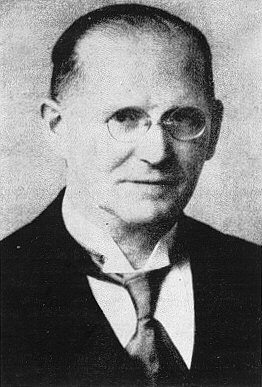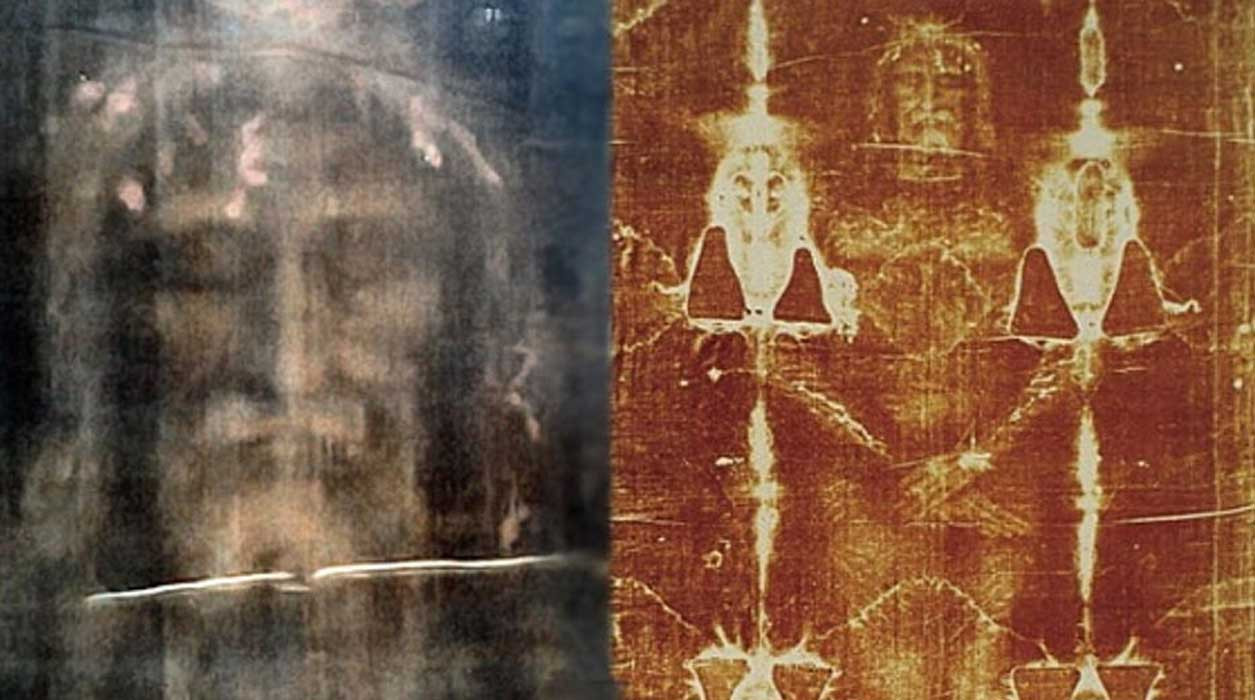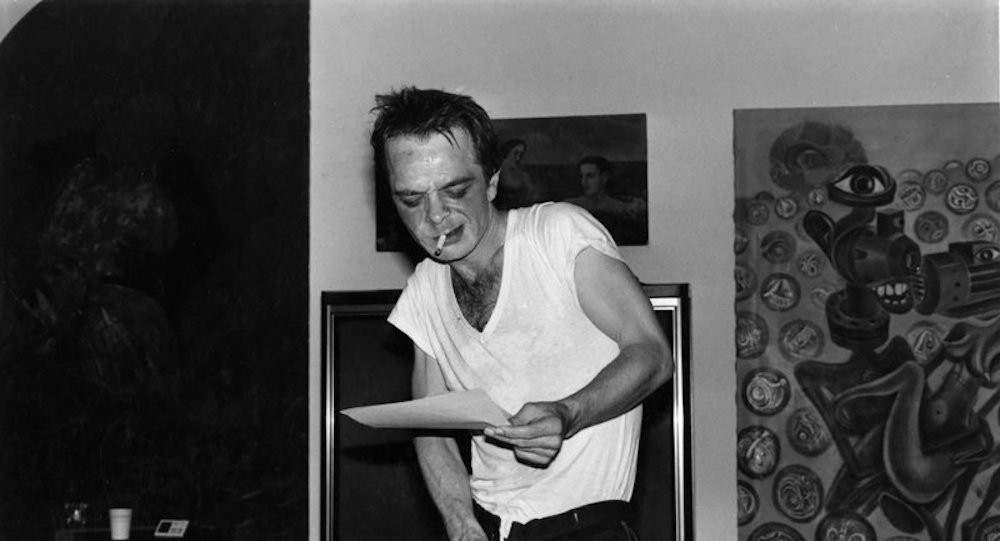The life of Oskar Picht, a German teacher and inventor, is being celebrated with a Google Doodle today, Monday 23 September 2024. For more than a quarter century, the internet search engine has periodically transformed its logo into fun designs marking everything from the birthdays of famous scientists and musicians to interactive games and international events.
Since the first Google Doodle – which saw Google founders Larry Page and Sergey Brin tweak the logo to add a man behind the second “O” to let people know they would be out of office for the Burning Man festival, in 1998 – the company’s team of in-house “Doodlers” have partnered with local guest artists and creators from across the world to generate more than 5,000 designs.
A Legacy of Braille Innovation
Oskar Picht was a German teacher and inventor best known for creating the first Braille typewriter. Born in Hamburg in 1871, Picht’s passion for educating the blind led him to attend the State Institute for the Blind in Berlin-Steglitz for two years. His dedication to their education blossomed into a groundbreaking invention.
In 1899, Picht developed his first Braille typewriter, a device that would revolutionize the way blind individuals communicated and wrote. His invention, patented in 1901, featured six keys with different combinations of depressed dots used to make indents in a sheet of paper. This innovative design allowed for faster and more efficient Braille writing, opening new possibilities for blind people.
Beyond the Typewriter: Picht's Advocacy for Inclusion
Picht’s dedication to improving the lives of the blind didn't stop with the Braille typewriter. He continued to advocate for their societal inclusion throughout his life, working tirelessly to create a more equitable world. In 1910, he developed the first German Braille strip pen, a shorthand stenomachine that further streamlined Braille writing.
His commitment to accessibility was also evident in his career choices. He went on to become the director of the Provincial Institute for the Blind in Bromberg and the director of the State Institute for the Blind in Berlin-Steglitz. His dedication to accessibility extended even to the media, as he became the first German to give a radio lecture on blindness. Picht was also reportedly behind the first film for the blind, titled “Unsere Blinden und ihre Welt” (Our Blind and Their World).
Celebrating Picht's Legacy with a Tactile Doodle
A Google Doodle celebrating Picht and his work has been released because on this date in 1907 he received a gold medal at the International Typewriter Exhibition in Venice for his achievements. The Doodle, created by Kiel-based artist Ute Dietz, is a testament to Picht’s remarkable invention and its lasting impact on the lives of blind people.
The Doodle features a bronze typewriter engraved in Braille on a bronze slab, surrounded by various icons of stationary items and tools, including reading glasses, a wrench, and a screwdriver. This unique design pays homage to Picht’s legacy and the significance of his invention.
Google’s story about the design said: “The Doodle artwork is a bronze relief sculpture and imagery is designed to create an equitable, legible and interesting tactile Google Doodle experience for blind people – the first of its kind in Doodle history! The artwork also features Braille text, explaining Oskar Picht’s accomplishments. The relief is permanently installed at the first Accessibility Discover Centre in the Google Munich offices.”
A Tactile Tribute for All
Dietz, whose artwork focuses on ways to enable blind people to participate in visual art, explained her vision behind the Doodle: “I wanted the focus to be on the typewriter for the blind and highlight some attributes of Oskar Picht as a teacher and inventor. When selecting the tactile elements in the Doodle, I considered balancing visual information that could be translated into the tactile. Gradually, however, the desire emerged to also convey the essence of the Doodle itself. For instance, the screen reader text is preserved in tactile Braille. Additionally, we decided to make the classic Google logo, which is part of the collective visual memory of sighted people, accessible to the blind for the first time.”
This innovative and inclusive Doodle, created through a tactile approach, is a remarkable tribute to Picht’s legacy and a symbol of Google’s commitment to accessibility for all. It stands as a reminder of Picht’s groundbreaking invention and his unwavering dedication to empowering the blind community. The Doodle serves as a testament to Picht’s lasting impact and his enduring legacy as a true pioneer in the field of accessibility.

















